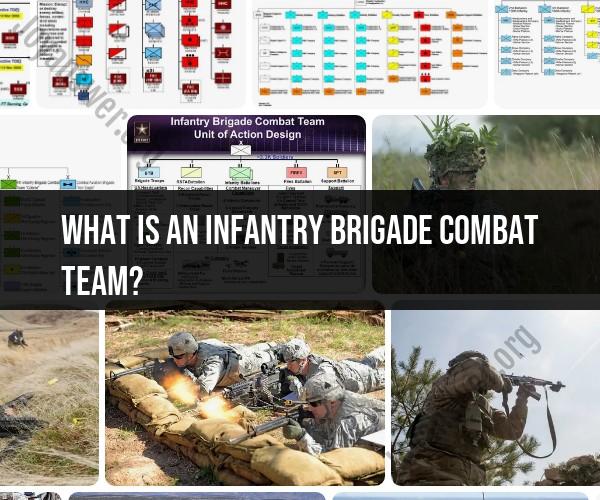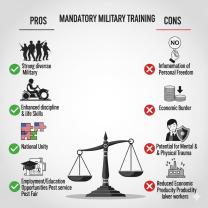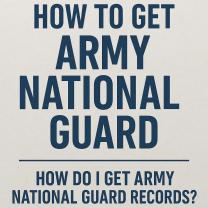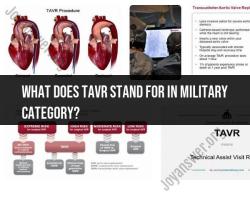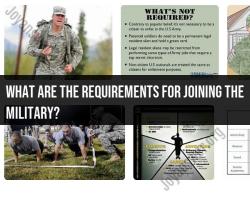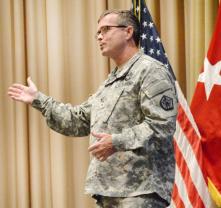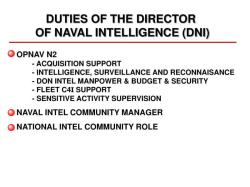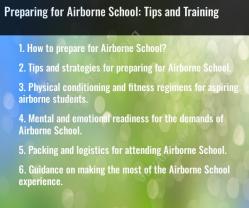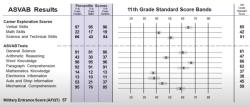What is an Infantry Brigade Combat Team?
An Infantry Brigade Combat Team (IBCT) is a key unit within the United States Army's organizational structure designed for ground combat operations. It is a versatile and self-contained formation that forms the backbone of the U.S. Army's infantry forces. The IBCT is primarily focused on conducting infantry and combined arms warfare, and it is structured to operate independently or as part of larger formations, such as divisions or corps.
Here is an overview of the role and composition of an Infantry Brigade Combat Team:
Role:The primary role of an Infantry Brigade Combat Team is to close with and engage the enemy in ground combat. It is specifically organized and equipped for maneuver warfare and can conduct a wide range of missions, including offensive operations (such as attacks), defensive operations (such as holding ground), stability operations (such as peacekeeping), and support operations (such as disaster relief). IBCTs are often the first to deploy in contingency operations and are capable of rapidly responding to various threats.
Composition:An IBCT is composed of several key elements, including:
Infantry Battalions: The core of the IBCT consists of infantry battalions. These are the primary maneuver units and are equipped with a variety of infantry weapons and equipment. Each infantry battalion typically consists of three rifle companies, a headquarters company, and a weapons company.
Support Elements: In addition to infantry battalions, an IBCT includes various support elements, such as:
- Cavalry Squadron: Provides reconnaissance and security.
- Field Artillery Battalion: Provides indirect fire support with artillery.
- Brigade Engineer Battalion: Offers engineering support, including construction and demolition.
- Brigade Support Battalion: Provides logistics support, including maintenance, supply, medical, and transportation.
- Signal Company: Handles communication and information technology.
Brigade Headquarters: The brigade headquarters coordinates and oversees the operations of all subordinate units within the IBCT. It includes the brigade commander, staff officers, and other personnel responsible for command and control.
Fire Support: The IBCT has its own organic artillery support, typically in the form of towed or self-propelled howitzers, to provide artillery fire support for its operations.
Transportation and Mobility: The IBCT is equipped with various types of wheeled vehicles and infantry fighting vehicles to move troops and equipment on the battlefield.
The specific equipment and organization of an IBCT can evolve over time as the U.S. Army modernizes and adjusts to meet changing threats and operational requirements. The IBCT is designed to be a flexible and adaptable unit capable of operating in various environments and against a range of potential adversaries.
What Is an Infantry Brigade Combat Team (IBCT)?
An Infantry Brigade Combat Team (IBCT) is a combined arms unit that is designed to be highly mobile and versatile. It is capable of conducting a wide range of operations, including offensive and defensive operations, stability operations, and humanitarian assistance and disaster relief operations.
An IBCT is typically composed of the following units:
- Two to three infantry battalions
- One artillery battalion
- One cavalry squadron
- One engineer battalion
- One support battalion
The IBCT is commanded by a colonel.
The Components and Mission of an IBCT
The components of an IBCT work together to provide the brigade with the capabilities it needs to accomplish its mission.
The infantry battalions are the primary fighting force of the IBCT. They are responsible for closing with and destroying the enemy.
The artillery battalion provides fire support to the infantry battalions. It can also be used to attack enemy positions or to disrupt enemy operations.
The cavalry squadron provides reconnaissance and security for the IBCT. It can also be used to conduct raids or to delay the enemy.
The engineer battalion provides engineering support to the IBCT. This includes building bridges and roads, clearing obstacles, and fortifying positions.
The support battalion provides logistical support to the IBCT. This includes providing food, water, fuel, ammunition, and medical care.
The mission of an IBCT is to conduct prompt and sustained ground combat operations across a full range of military operations. IBCTs are also capable of conducting other operations, such as stability operations and humanitarian assistance and disaster relief operations.
Deployments and Operations of Infantry Brigade Combat Teams
IBCTs have been deployed to a variety of locations around the world, including Iraq, Afghanistan, and the Balkans. They have played a vital role in many of the Army's recent operations.
For example, IBCTs played a key role in the initial invasion of Iraq in 2003. They also played a major role in the subsequent counterinsurgency operations.
In Afghanistan, IBCTs have been involved in a variety of operations, including combat operations, training Afghan security forces, and conducting reconstruction projects.
IBCTs are also capable of conducting stability operations and humanitarian assistance and disaster relief operations. For example, IBCTs have been deployed to help with hurricane relief in the United States and to provide humanitarian assistance to countries in need.
IBCTs are a valuable asset to the US Army. They are highly mobile, versatile, and capable of conducting a wide range of operations.
